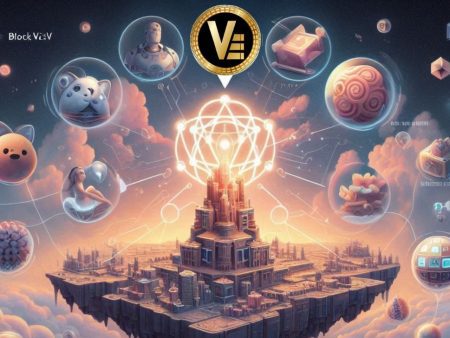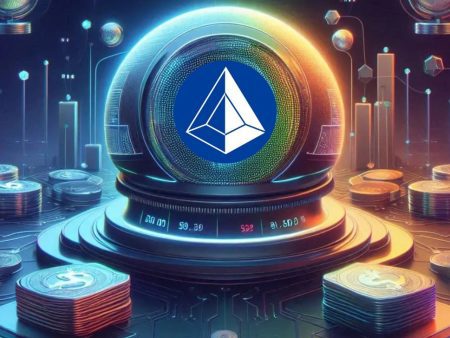The Ethereum NFT market, with its high security and support for decentralized transactions, is becoming increasingly popular. You may be wondering why Ethereum dominates this field, its key advantages, and how it is shaping the future of NFTs. The article below from TopCoin9 will help you understand more.
Why Ethereum Powers the NFT Boom
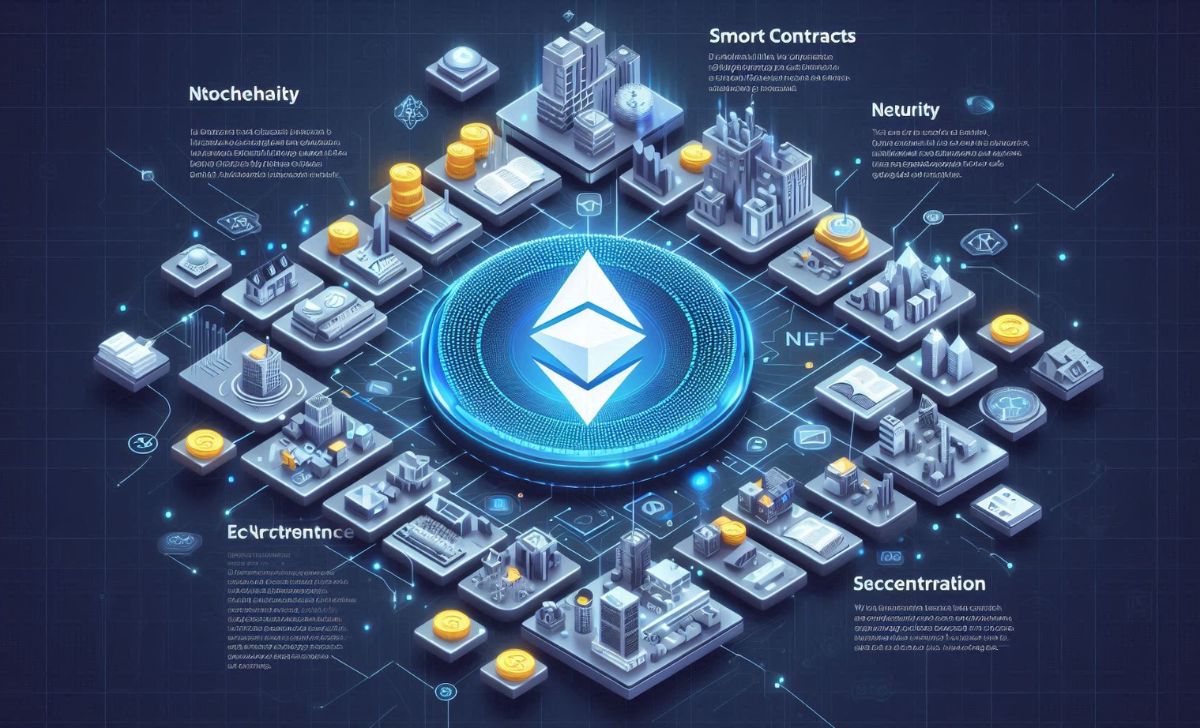
Ethereum’s dominance in the NFT space is no coincidence. Its advanced smart contract capabilities, security, and vast ecosystem make it the ideal blockchain for NFT transactions. Let’s explore the key reasons behind Ethereum’s success in the NFT market.
Smart Contract Capabilities
At the heart of Ethereum and NFTs is its revolutionary Ethereum smart contracts. These self-executing contracts allow for secure, transparent, and automated transactions without the need for intermediaries.
Ethereum introduced the ERC-721 and ERC-1155 standards, setting the foundation for NFT creation and ownership. These standards ensure that NFTs on Ethereum are unique, verifiable, and easily transferable across different platforms. Without this technological framework, the Ethereum NFT market would not be as efficient or trusted as it is today.
Security and Decentralization
Security is a major factor why NFTs use Ethereum. The Ethereum blockchain records every NFT transaction permanently, preventing counterfeiting and unauthorized modifications. This immutability enhances trust, making Ethereum the most reliable network for NFT ownership verification.
Moreover, Ethereum’s decentralized nature ensures that no single entity controls the network. This decentralization protects the Ethereum NFT market from censorship and fraudulent activities, further solidifying its status as the leading NFT blockchain
Marketplace and Liquidity
A thriving marketplace is essential for any digital asset, and Ethereum leads the way with the most active NFT platforms. OpenSea, Rarible, and Foundation, among others, rely on Ethereum’s network to facilitate seamless NFT transactions.
These marketplaces provide high liquidity, allowing buyers and sellers to engage in transactions with confidence. The Ethereum NFT market benefits from this widespread adoption, ensuring that NFTs on Ethereum retain strong value and market presence.
Developer and Community Support
The strength of Ethereum and NFTs lies in continuous innovation and support from developers worldwide. Ethereum has one of the largest developer communities working on improvements and scalability solutions.
From building decentralized applications (dApps) to upgrading Ethereum’s core technology, developers ensure that the Ethereum NFT market remains at the forefront of blockchain innovation. With such strong community backing, Ethereum’s future in the NFT space looks promising.
Ethereum Upgrades and Scalability
As the demand for Ethereum and NFTs grows, network congestion and high gas fees have posed challenges. However, Ethereum future updates like Ethereum 2.0 and Layer 2 scaling solutions such as Polygon and Optimism are improving transaction efficiency.
These advancements make the Ethereum NFT market more accessible and cost-effective, ensuring that Ethereum remains the top choice for NFT transactions.
Despite its strengths, Ethereum also faces several challenges in the NFT space.
Challenges Ethereum Faces in the NFT Space
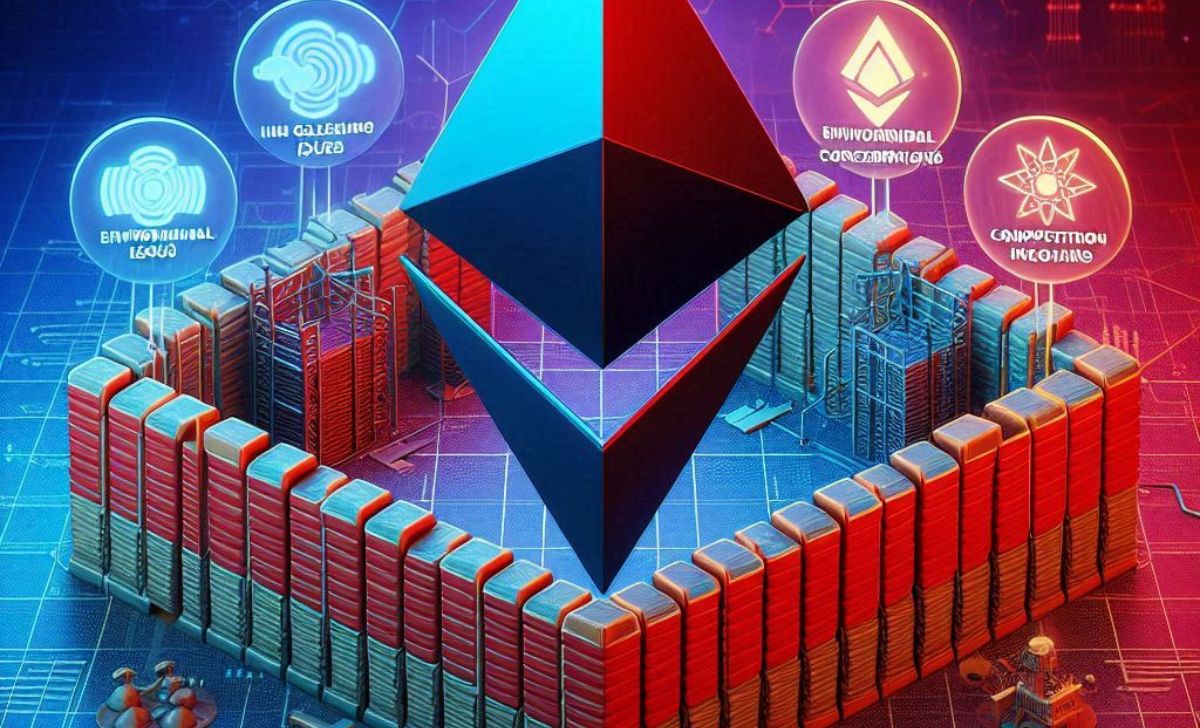
Although Ethereum dominates the NFT market, it is not without its challenges. High gas fees, increasing competition, and environmental concerns have raised questions about its long-term sustainability. Let’s examine these obstacles in detail.
High Gas Fees
One of the main drawbacks of Ethereum and NFTs is transaction costs. Gas fees can be expensive, especially during network congestion. This has led some users to explore alternative blockchains with lower fees.
While Ethereum 2.0 aims to reduce costs, gas fees remain a critical factor influencing the Ethereum NFT market.
Competition from Other Blockchains
Ethereum’s position is being challenged by networks like Solana, Binance Smart Chain, and Tezos, which offer faster transaction speeds and lower fees. These competitors are attracting new NFT projects, posing a threat to Ethereum’s dominance.
Despite this, Ethereum’s established reputation and widespread adoption continue to give it an edge over emerging platforms.
Environmental Concerns
Previously, Ethereum’s Proof-of-Work (PoW) model consumed a large amount of energy, raising environmental concerns. However, the transition to Proof-of-Stake (PoS) has significantly reduced its carbon footprint.
With sustainability improvements in place, Ethereum remains the leading choice for NFTs.
Looking ahead, let’s explore what the future holds for Ethereum in the NFT space.
Future of Ethereum NFT Market
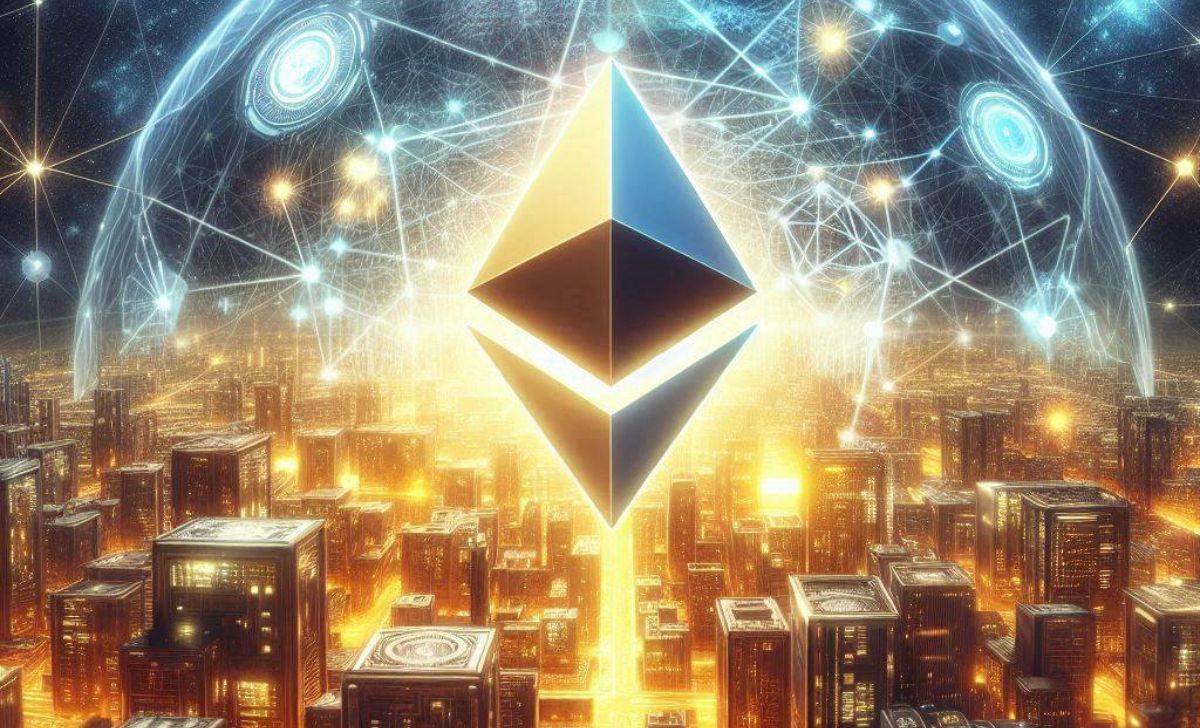
The Ethereum NFT market is evolving rapidly, with continuous advancements that will shape its future. Ethereum’s long-term success depends on key developments, including scalability improvements, increased adoption, and expanding NFT use cases.
Scalability and Ethereum 2.0
Ethereum 2.0’s transition to Proof-of-Stake and sharding technology will significantly enhance transaction speed and reduce gas fees. This will make Ethereum and NFTs more efficient and accessible to a wider audience.
In addition to Ethereum 2.0, Layer 2 solutions will play a crucial role in improving network efficiency.
Adoption of Layer 2 Solutions
Layer 2 solutions like Polygon, Arbitrum, and Optimism are already helping to reduce costs and improve processing times. These Ethereum layer 2 solutions will further strengthen Ethereum’s position in the NFT industry.
Beyond technology, expanding NFT use cases will determine Ethereum’s long-term relevance.
New NFT Use Cases

NFTs are expanding beyond digital art and collectibles. The Ethereum NFT market is now being integrated into gaming, virtual real estate, ticketing, and even identity verification. As these new applications grow, Ethereum’s role in the NFT space will continue to expand.
The Ethereum NFT market continues to thrive, offering unparalleled security, decentralization, and innovation for digital assets. As Ethereum evolves, its role in NFTs will only strengthen, shaping the future of digital ownership. Visit the TopCoin9 knowledge section to explore more insights on blockchain, cryptocurrency, and emerging technologies!

As a certified blockchain security expert with over 8 years in cybersecurity, James Anderson specializes in auditing smart contracts and identifying vulnerabilities in DeFi protocols. His expertise ensures that TopCoin9 delivers reliable insights on blockchain security and risk management.
Email: [email protected]
